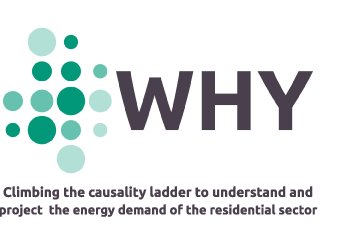Enefirst Project Publishes a Review and Guidance for the Efficiency First principle

Efficiency First »(E1st) is a compelling principle of energy planning as it seeks to provide a socially optimal deployment and operation of demand and supply side resources. Energy models play a vital role in making these complexities and uncertainties tangible and enable decision-makers to make informed decisions on policy design, future technology and infrastructure investment. The Enefirst project helps making the E1st principle more concrete and operational, better understand its relevance for energy demand and supply and its broader impacts across sectors and markets, focusing on the buildings sector.
Existing models are diverse, and the novelty of the concept of E1st in the political and academic debate, at present there are only few model-based studies that make explicit reference to the E1st principle and to its implications for quantitative modelling. The Enefirst project’s latest publication provides modellers and policymakers guidance on the concept of E1st and existing quantitative approaches for assessing demand and supply side resources. The publication offers and overview of the E1st principle, an explicit comparison of demand and supply side resources as well as planning and policy objectives that provide a common functional unit for these assessments. It explores cost-effectiveness and the societal perspective, which implies the inclusion of multiple impacts to represent the long-term social welfare effects of different resources.
The conceptual background is backed with the thorough description of existing modelling approaches associated with the concept of E1st and it introduces two paradigms of quantitative assessments for E1st. The normative paradigm investigates what resources should be adopted to reach an anticipated vision of the future. The exploratory paradigm seeks to project the actual adoption of demand and supply side resources. These paradigms are then explored in the context of energy use modelling at different levels: national, utility, and buildings. The report suggests that there is no universal model for representing E1st and that each model-based assessment is nested in a trade-off between data needs and computational complexity versus robustness and credibility of the model outcomes. Finally, the report discusses three challenges to modelling:
- to capture a broad array of multiple impacts and to monetize them, where possible;
- to apply social discount rates,unless a model aims to simulate actual technology adoption behaviour;
- to ensure sufficient model detail to represent the true costs of supply-side resources and the value of demand-side flexibility options.
Download the report here: https://enefirst.eu




